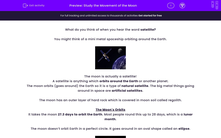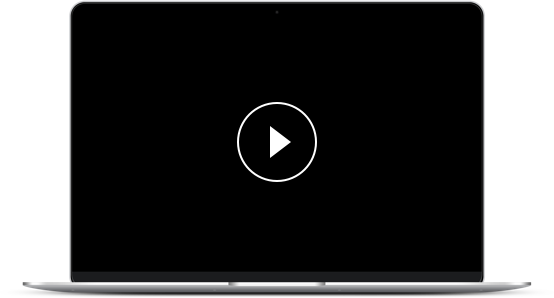What do you think of when you hear the word satellite?
You might think of a mini metal spaceship orbiting around the Earth.
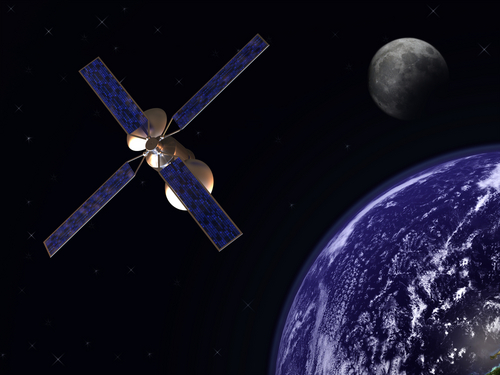
The moon is actually a satellite!
A satellite is anything which orbits around the Earth or another planet.
The moon orbits (goes around) the Earth so it is a type of natural satellite. The big metal things going around in space are artificial satellites.
The moon has an outer layer of hard rock which is covered in moon soil called regolith.
The Moon's Orbits
It takes the moon 27.3 days to orbit the Earth. Most people round this up to 28 days, which is a lunar month.
The moon doesn’t orbit Earth in a perfect circle. It goes around in an oval shape called an ellipse.
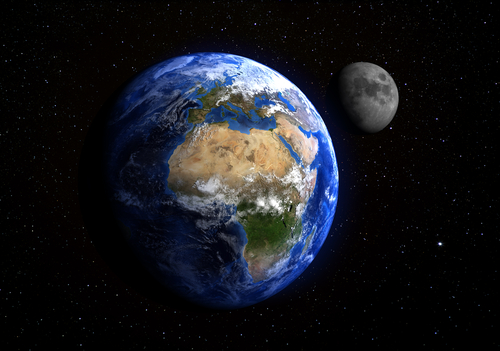
Just like the Earth, the moon also rotates on its own axis in an anticlockwise direction. This rotation takes 28 days.
This means that it takes the moon the same amount of time to spin on its own axis as it does to go around the Earth.
Phases of the Moon
We only ever see one side of the moon from Earth as the same side of the moon is always facing the Earth. The side of the moon that we can see is called the near side and the side we never see is called the far side.
The far side used to be called the dark side of the moon but this makes it sound like the far side of the moon never gets any sunlight. It does, but we just don’t see it from Earth.
The moon appears to be a different shape in the sky from one day to the next. These different shapes are called the phases of the moon.
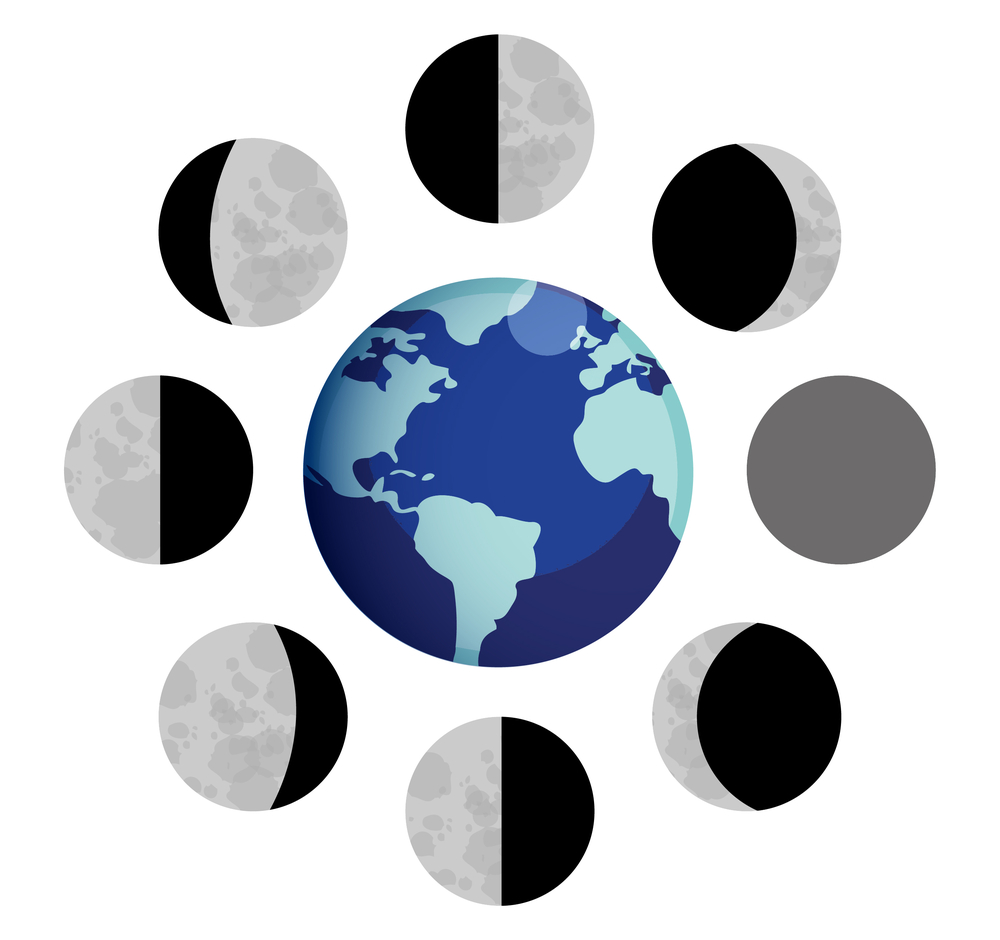
The moon itself stays the same shape but the Sun lights up different parts of it depending on where it is on its journey around the Earth. We only see the moon because it reflects sunlight.
In this activity, you’ll be answering questions about the moon and its orbits.
Remember that you can look back at this introduction by clicking on the red help button on the screen at any point.

